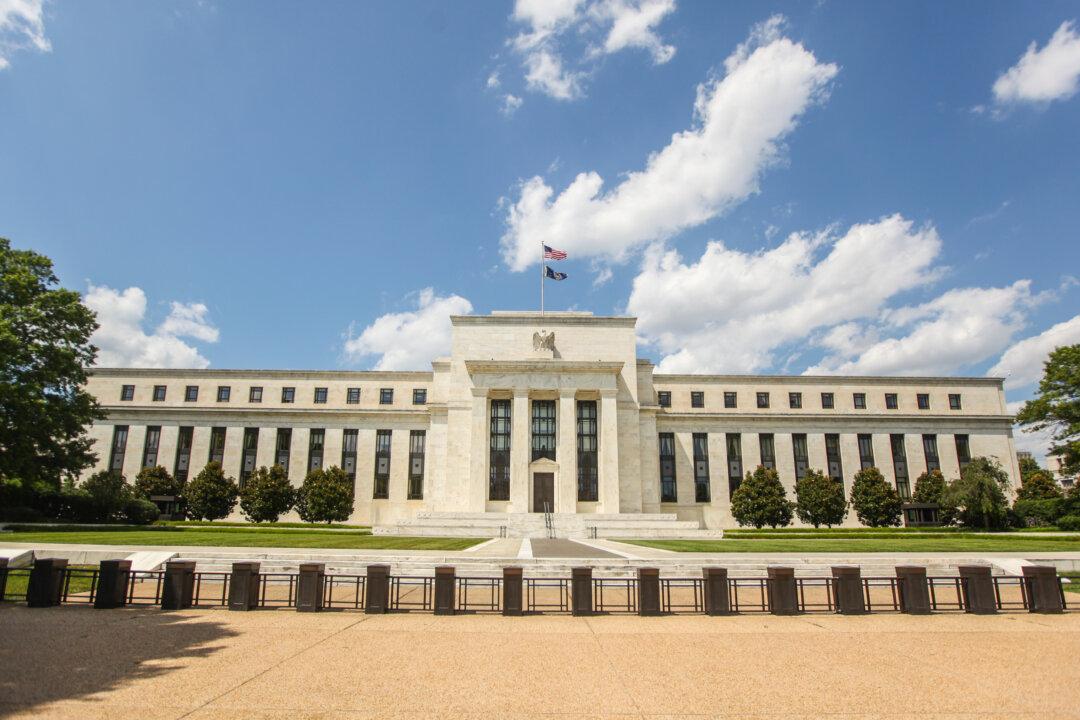Economic theory is layered like a cake. Explanations within one layer make sense, but once you move to another layer, they no longer apply. Economist Steve Keen’s new book, “Can We Avoid Another Financial Crisis?“, is an illustrative example.
The good news is that Keen’s book accurately describes the current economic system; the bad news is that the answer to the question in the title is “no.”
Keen defines his question within the layer of a corrupt banking system, the system we have now. He explains how it is that banks create money in the form of debt and how this leads to financial instability. In the book, he quotes the Bank of England’s own economists:
“In the modern economy, most money takes the form of bank deposits. But how those bank deposits are created is often misunderstood: The principal way is through commercial banks making loans. Whenever a bank makes a loan, it simultaneously creates a matching deposit in the borrower’s bank account, thereby creating new money.”
Keen builds on the work of Hyman Minsky and Joseph Schumpeter to explain why it is that private debt created out of nothing by private banks leads to economic instability.
“Desired investment in excess of retained earnings is financed by debt. This leads to a cyclical process in capitalism, which also causes a secular tendency to accumulate too much private debt over a number of cycles,” writes Keen.
The boom-and-bust cycle is as follows: During the early stages of a debt cycle, debt drives investment, which increases demand. The growing economy can easily service the debt, and most loans are repaid. The longer this benign growth phase lasts, the more that banks are incentivized to throw caution to the wind and loan more. Asset values backing the loans are also rising in value, encouraging recklessness.
At some point, debt levels become so high that the weaker economic players cannot maintain their interest payments, setting off a wave of defaults that causes the money supply to contract and leads to losses at banks. Banks then reduce their lending, further shrinking the money supply (where money is debt) even further, slowing economic activity. At this point, even strong players are in trouble and are forced to liquidate assets. The vicious cycle simply continues.
People who have witnessed the subprime boom and bust would mostly agree with this assessment. So why haven’t mainstream economists figured it out?
Mainstream Economics Ignores Debt
In his first major book “Debunking Economics,” Keen promised there was going to be “no more Mr. Nice Guy” toward mainstream economists who completely ignore private debt in their models, forecasts, and policy recommendations.
Keen continues with the same tenor in his current book, dishing out criticism of the profession where it is due and explaining why the mainstream keeps getting it wrong.





